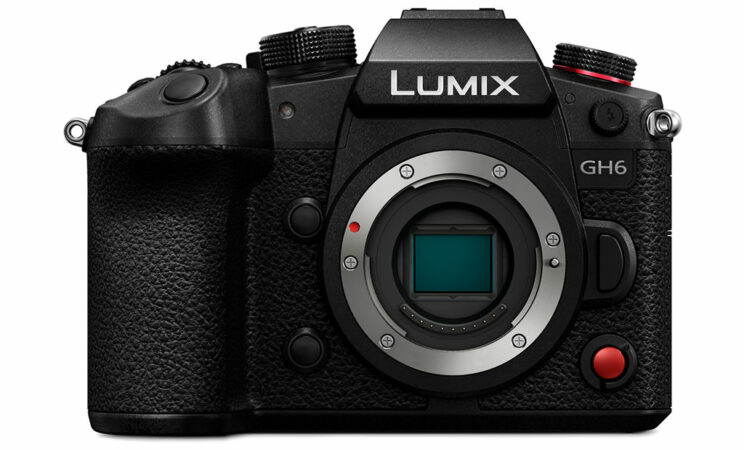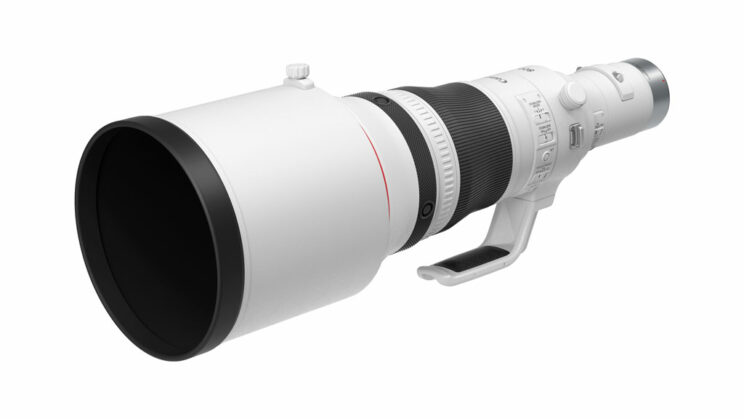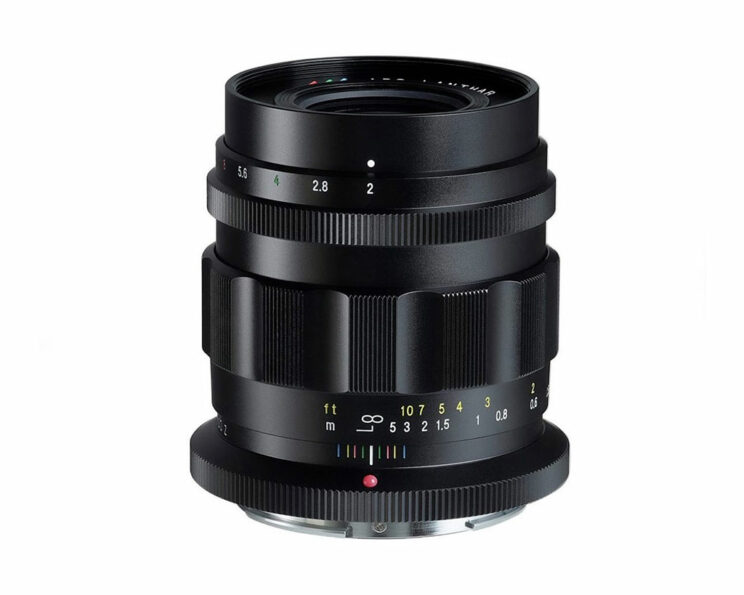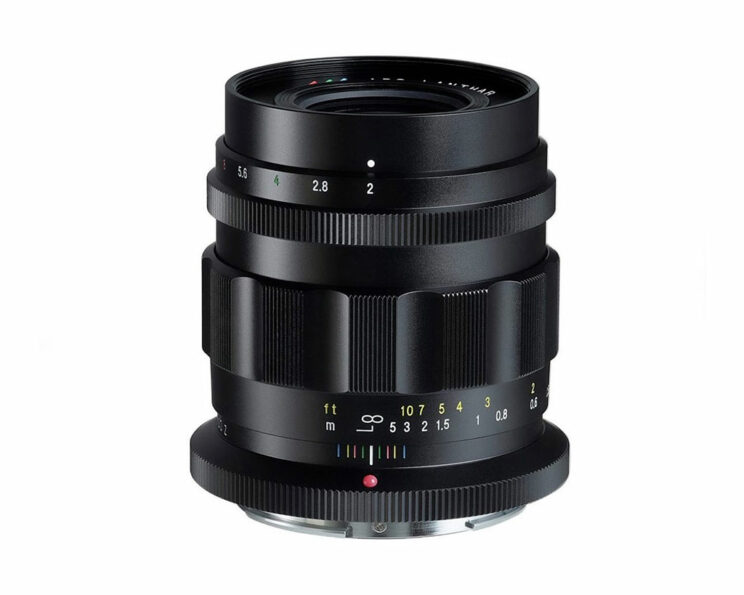This week, Panasonic unveiled the GH6, the most advanced micro four thirds camera ever when it comes to video capabilities. Canon, Sigma and Cosina all released new lenses.
Panasonic Lumix GH6
The much awaited GH6 is finally available with full specifications and a price tag. It is a major upgrade from the previous GH5 / GH5 II.

There is a new 25MP sensor with dual gain output, which improves the dynamic range. There is a plethora of video recording formats, including 5.7K up to 60p, 4K up to 120p, Full HD up to 300fps, Prores, no recording limitation and much more. A future firmware update will also bring 12-bit RAW via HDMI and the possibility of recording to a SSD drive via the USB port.
For photography, the camera can do a respectable 14fps with the mechanical shutter, or an impressive 75fps with the electronic shutter. If you want C-AF however, the fastest speed is 8fps. There is IBIS with a rating of 7.5 stops of compensation, and a 100MP high resolution mode that works hand-held.
The autofocus continues to rely on DfD technology (contrast detection), and Panasonic says it is three times faster than before.
The GH6 is larger and heavier than its predecessor. It has a bigger grip and a built-in cooling fan. Prices start from $2200. You can read more about it in our comparison previews below.
Sigma lenses for Fujifilm
At last, Sigma is making lenses for the Fujifilm X-mount. The first three are, unsurprisingly, the f1.4 prime trio: 16mm, 30mm and 56mm.
The optical design is the same as the Sony E-mount, but with updated electronics to optimise the AF motor and the communication with Fuji APS-C bodies. It also support in-camera aberration correction.
We had the chance to test all three lenses, mainly the Sony and Micro Four Thirds versions. With the link and video below, you can get a good of about their optical quality.
Canon Super Super Telephoto Lenses
Canon has announced the 800mm F5.6 and 1200mm F8 for the RF-mount. The latter becomes the longest focal length lens to have been developed for a mirrorless system.
They have been significantly reduced in size in comparison to the older EF counterparts (DSLR). For example, the new 1200mm F8 weighs 3.34kg, whereas the very old 1200mm F5.6 was more than 13kgs. They are compatible with the 1.4x and 2.0x teleconverter. As you can expect, they are not cheap: $17,000 (800mm) and $20,000 (1200mm).
Canon RF 800mm F5.6L IS USM main specs:
- 26 elements in 18 groups
- 1 ultra-low dispersion, 1 Super UD and 2 fluorite elements
- Min. focusing: 2.6m
- 9-blade circular aperture
- 4.5 stops Image Stabilization
- 52mm drop-in filter
- 163mm (diameter) x 432mm (length)
- 3.14kg

Canon RF 1200mm F8L IS USM main specs:
- 26 elements in 18 groups
- 1 ultra-low dispersion, 1 Super UD and 2 fluorite elements
- Min. focusing: 4.3m
- 9-blade circular aperture
- 4 stops Image Stabilization
- 52mm drop-in filter
- 168mm (diameter) x 537mm (length)
- 3.34kg

More lenses from Cosina / Voigtländer
Cosina has released three more manual focus lenses in addition to the one we already reported last week (23mm 1.4 for Nikon Z).
We have the APO-Lanthar 50mm F2 for Nikon Z, designed for full frame sensors. It should cost around $1000 (based on the E-mount version).
- 10 elements in 8 groups
- Apochromatic design
- 12-blade aperture diaphragm
- Min. focus: 45cm
- 52mm filter thread
- 347g

The APO-Lanthar 35mm F2 offers a wider angle of view for Nikon Z full frame mirrorless cameras. The price should be around $1100.
- 11 elements in 9 groups
- Apochromatic design
- 12-blade aperture diaphragm
- Min. focus: 35cm
- 52mm filter thread
- 360g

Then we have a lens for the Fujifilm X-system (the second from Cosina), which is a 23mm F1.2. It has the same optical design as the Nikon version, but with a different finish on the outside (the Nikon version has silver parts to match the Z fc design, whereas the Fuji version is all black). The price is not yet available.

